BOMA New York holds May Lunch & Learn program; Presented by Trystate Mechanical/Donnelly Mechanical
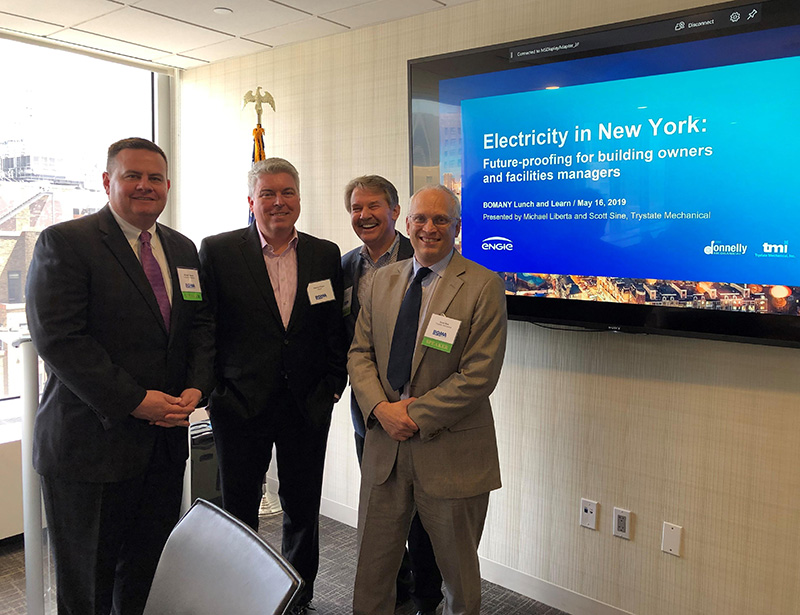
Michael Liberta, Trystate Mechanical;Tom Krol, Donnelly Mechanical;
Patrick O’Gara, Engie Resources; and Scott Sine, Trystate Mechanical.
New York, NY The BOMA New York boardroom filled up to listen to a team of presenters from Trystate Mechanical and Donnelly Mechanical – both an Engie Co. – to impart their collective wisdom on the existing model for electricity consumption, alternative energy solutions and what to expect as NYC migrates away from fossil fuels.
Michael Liberta, president of Trystate Mechanical and Scott Sine, director of engineering and energy services at H.T. Lyons passed the microphone back and forth for a full hour of data and next steps.
The Lunch & Learn began with a quick history lesson reminding the crowd that NYC has always been on the forefront of innovative solutions for electrical power. In fact, the first commercial central power plant in the U.S. was located on Pearl St. and began generating electricity in September 1882.
Fast forward to after World War II, electricity consumption was steadily increasing at 10% per year. The federal government created the U.S. Atomic Energy Act of 1946, which ultimately gave rise to the start of commercial nuclear power. Today, many of the nuclear power plants that were built in the 1950s are being taken offline as their permits are expiring; exemplified by the planned closure of Indian Point Energy Center in Buchanan. Liberta explained that while closures are happening, NYS is also reinvesting into its nuclear plants within the Finger Lakes region.
The presenters reviewed the electrical generation fuel mix over the next five years – illustrating that we will continue to experience a decrease of nuclear power, as well as see coal bottom out within the same timeframe. Natural gas became the largest fuel source for electrical generation in 2008 and continues to be on the rise. However, NYC passed legislation for the city to be on 50% renewable energy by 2030 and 100% by 2050.
Distributed Energy Resources (DER) systems typically use renewable energy sources, such as hydro, solar, wind, and geothermal power. The presenters reviewed three types, with synopses for each. They explained – Hydro power is super clean, but no one wants a reservoir in their backyard. Solar power works, but we don’t expect any new or efficient breakthroughs with solar, which means we will have to install more solar cells. Wind is great, but also comes with its own set of challenges; which does not include obstructed views. The 600 ft. turbines in the country’s largest wind farm located 30-miles offshore Montauk cannot be seen.
While they are invisible from land, the sea water erodes the blades and maintenance is a challenge. For instance, the North Sea Wind Power Hub being developed in Europe has many turbines that are not spinning. It’s not because of lack of wind, rather it’s because of failing equipment.
They explained that with the growth of technology, our personal and work lifestyles have changed over the last twenty years. As such, electrical usage peaks are getting higher and the valleys are getting lower. Solar power has the ability to handle the cheap baseloads, and will also create more expensive peaks for when we need more power.
Sine said, “As more renewables enter the fuel mix, we can expect to see the cost of electricity increase.” He explained that Bill 1253 is just the beginning and to expect more regulation. He further stressed that with new policy and benchmarks, the economic numbers will not work unless the costs go up. He reiterated that with the lofty government goal that requires 50% generation to come from renewables by 2030 – the rate payers will have to absorb those costs – saying, “Going all natural at once can have devastating effects.”
He pointed to California. As the Golden State was experiencing multiple voltage sags, impure power and other power quality issues – the state shifted to 100% renewable energy in 2011. Only eight years into the transition, electricity prices are up by 30%.
The presentation shifted from how renewable energy will be generated to how it will be distributed. They discussed the equal importance of power supply pricing to power supply quality and reliability. They detailed that the U.S. has over 400,000 miles of transmission lines and over 8,800 generating plants – all created to handle fossil fuels. It’s estimated that the state of New York will have to implement a $30 billion investment to upgrade its transmission infrastructure and capacity from its aging systems and in order to distribute renewables from hundreds of miles away into the city.
Further, vintage buildings throughout NYC, of which there are many, were built with boilers and chillers. In order to comply with full electrification, the existing electric rooms will have to triple its load in order to support building operations. Sine concluded this section of presentation by saying, “The physics behind the ask are overwhelming.”
While the topic is daunting, the presenting team did not leave anyone in the dark. They implored the sold out room to help reduce the peak and to not wait for the fines to come. Rather, they advised to begin planning now. They said that it’s imperative to get people taking, as a capex project of this magnitude can be a 30-month process. They explained that the lion share of the presentation was not intended to scare anyone. Rather, the content was meant to educate and provided the following five-point outline to plan accordingly.
Initiate a comprehensive equipment analysis.
Develop an energy master plan.
Engage a construction management team that understands utility.
Create a building management and care plan.
Define a distributed energy resources strategy and integration plan.
They stressed the importance of getting onto a policy advisory board as the city and state considers future legislation. Liberta said, “Ultimately, we will be 100% renewable. Building owners will have to be very flexible and scalable during the process.”
Legion Investment and Nahla Capital celebrate topping off of 1122 Madison Ave.


The CRE content gap: Why owners and brokers need better digital narratives in 2026 - by Kimberly Zar Bloorian
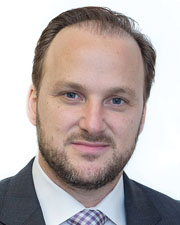



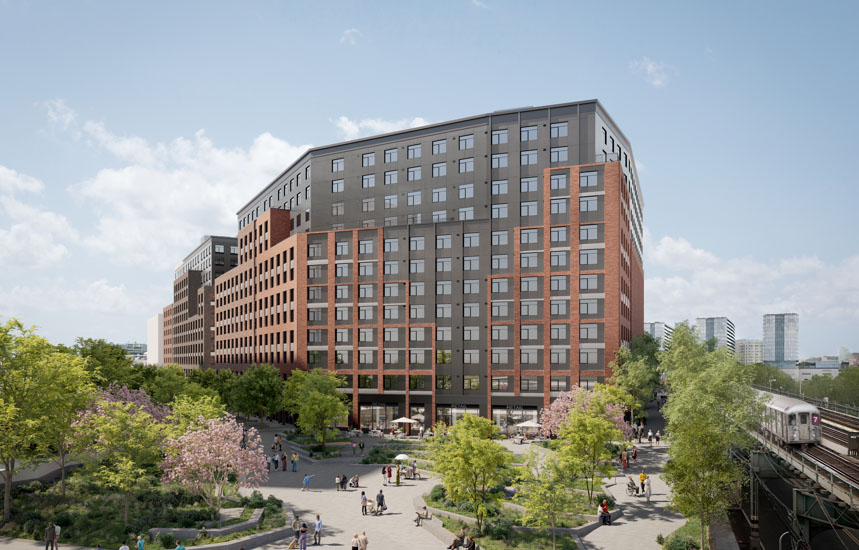
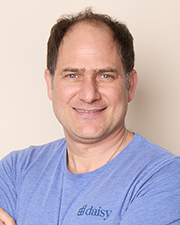
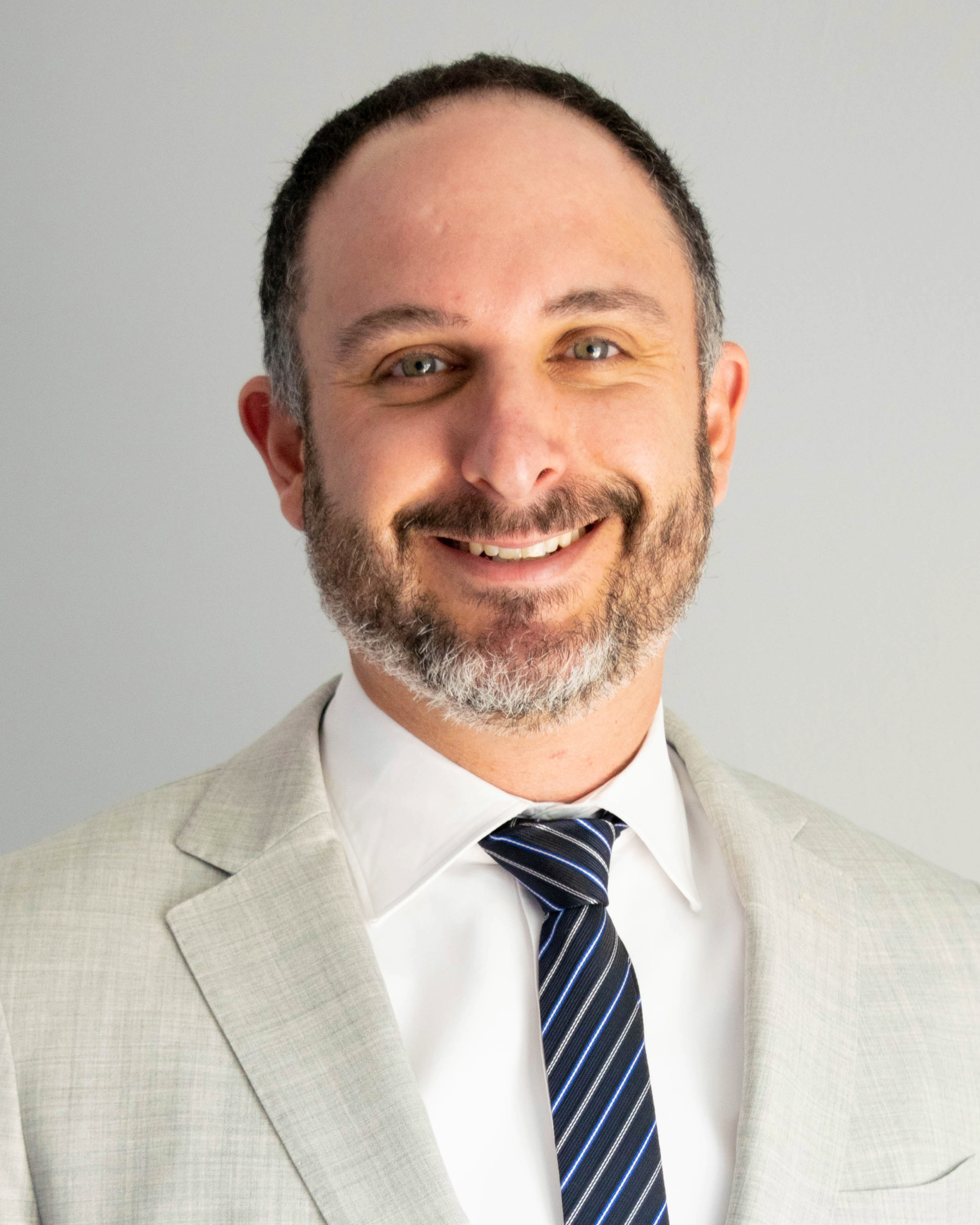
.gif)

.gif)
.jpg)
.gif)